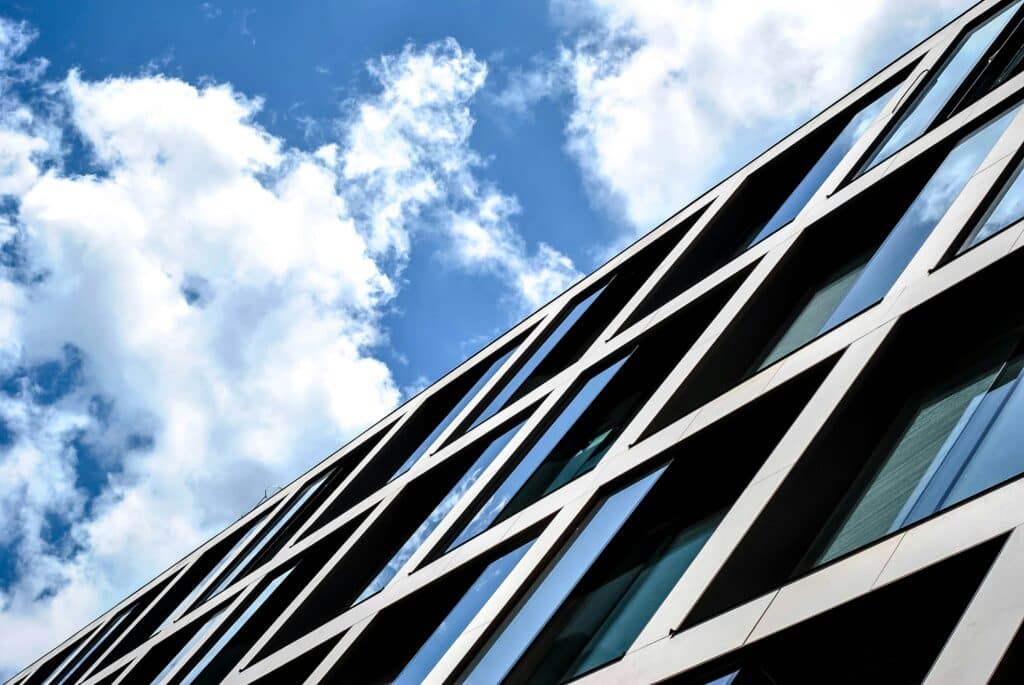If you want to keep your home looking fresh and clean, pressure washing is one of the most efficient ways to revitalise the exterior of your home. Whether you’re considering a DIY approach or hiring a professional, this guide covers everything you need to know about house pressure washing, from equipment selection to techniques and safety tips.
Understanding Pressure Cleaning
Pressure cleaning uses a high-speed stream of water to remove dirt and grime, stubborn stains, mould, and mildew from surfaces around your home. The effectiveness of pressure washing depends on the pressure washer used, the type of surface, and the technique.
How a Pressure Washer Works
A pressure washer sprays high-pressure water at a specific PSI (pounds per square inch) to lift dirt and debris off surfaces. Electric pressure washers are great for smaller projects like patios or outdoor furniture, while gas-powered models handle heavy-duty cleaning tasks such as driveways, decks, and large siding areas.
Choosing the Right Pressure Washer
Factors to consider for optimal cleaning results:
- Power and PSI: Hard surfaces like concrete require higher psi, whereas softer surfaces like wood need lower pressure to prevent damage.
- Portability: Electric pressure washers are lighter and easier to move around.
- Maintenance and Noise: Electric units are quieter and require less upkeep.
For most homeowners, a medium-duty electric pressure washer with 2,000–2,800 psi and a flow rate of 2–3 GPM is sufficient. Renting a unit is also a cost-effective option for one-off jobs.
Preparing Surfaces for House Cleaning
Before you pressure wash a house, preparation is key to ensure the job is done right. Here are some tips tp help you prepare:
Remove Loose Debris
Before applying any cleaning solution, use a broom or brush to clear leaves, branches, and dust. This will prevent the debris from getting mixed with the cleaning solution and stop potential scratches to the surface.
Apply the Right Cleaning Solution
A properly diluted cleaning solution can tackle stubborn stains, algae, and mildew. Test the solution in an inconspicuous area first to ensure it won’t harm the surface. Let it sit for a few minutes to penetrate dirt and grime.
Check Your Equipment
Make sure your pressure washer is in good condition and fitted with the correct nozzle. Consider buying or renting additional equipment like a soft wash attachment for delicate surfaces like vinyl siding or painted wood.
Pressure Washing Your House: Techniques for Success
Work from Top to Bottom
Always work from the top towards the bottom. This prevents dirty water from flowing over areas you’ve already cleaned.
Adjust the Pressure
Soft surfaces like wooden decks or vinyl siding need lower pressure, while concrete driveways can handle high-pressure water. Using too much pressure can cause damage, so always start low and gradually increase.
Use the Right Nozzle
Different nozzles provide different spray patterns and force. A wide fan is gentler on delicate surfaces, while a focused stream tackles tough stains. Always keep the pressure nozzle a safe distance from surfaces (around a few feet away) to avoid damage.
Move Systematically Around Your Home
Cover each section methodically to ensure a thorough clean. Start from higher surfaces, using a ladder safely for elevated spots, and consider clearing or trimming plants nearby. Taking care of windows and other obstacles beforehand makes the pressure washing process easier and more effective.
When to Hire a Professional
For large-scale house cleaning, tricky surfaces, or if it’s your first time using a pressure washer, it’s safer and more effective to hire a professional. Professional washing companies have the right equipment and expertise to clean your home exterior efficiently and safely.
Cleaning Different Surfaces
Not all surfaces require the same type of maintenance. To avoid causing damage and achieve optimal results, it’s important to use specific techniques for each type of surface.
- Driveways: Use higher psi and a concrete cleaner to remove oil, tire marks, and grime.
- Decks: Use a soft wash with a wider spray to protect wood and composite materials.
- Fences: Vinyl, wood, or metal fences benefit from medium pressure and a gentle cleaning solution.
- Concrete Surfaces: Patios, walkways, and pool decks need high psi but avoid hot water that may crack the surface.
Using Detergents for a Deeper Clean
When cleaning with a pressure washer, you can enhance the results by using detergents. This can help loosen dirt and grime, making it easier for the high water pressure to clean surfaces. You can choose from:
- All-purpose cleaners for general use.
- Heavy-duty detergents for tough stains and grime.
- Specialty solutions for decks, cars, or sensitive surfaces.
Always read the instructions and apply detergents to allow proper penetration.
Safety Precautions for Pressure Washing Your Home Exterior
- Wear safety glasses, gloves, and closed-toe shoes.
- Always keep the pressure nozzle at a safe distance.
- Never point the sprayer at people, pets, or fragile items.
- Start from low pressure, adjusting gradually for different surfaces.
- Test the cleaning solution in an inconspicuous area to ensure it won’t damage surfaces.
Following these steps reduces the risk of injury and prevents damage while pressure washing your house.
Benefits of Professional House Pressure Washing
While you can pressure clean your home yourself, hiring a professional pressure washing service has several advantages.
- Expertise: Professionals know the right pressure and techniques for every surface.
- Efficiency: Complete house pressure washing faster than DIY.
- Cost-Effectiveness: Avoids potential damage that could be costly to repair.
- Safety: Trained teams follow strict safety protocols, including safe distance practices.
Expert pressure cleaners, like The Pressure Cleaning Guys, ensure a consistent clean that maintains curb appeal and keeps your home looking fresh.
Conclusion
This guide provides everything you need to pressure wash your home effectively and safely. Whether you tackle the job yourself or decide to hire a pro, following the right techniques and safety precautions will help you transform your home’s exterior, boost its curb appeal, and save time and effort. With the right equipment, pressure settings, and cleaning tips, your home can look fresh, clean, and well-maintained.
FAQs
What is pressure cleaning?
Pressure cleaning, also known as pressure washing, is a method of cleaning that uses high-pressure water to remove dirt, grime, and other contaminants from various surfaces. It involves using a pressure washer, which is a machine that generates a high-pressure stream of water to clean different areas such as driveways, fences, and concrete surfaces.
Why is it important to select the right pressure when pressure cleaning?
Selecting the right pressure for pressure cleaning is crucial to achieve optimal results. Using too much pressure can damage surfaces, while using too little pressure may not effectively remove dirt and stains. It is important to consider the type of surface you’re cleaning and adjust the pressure accordingly. Concrete driveways, for example, typically require higher pressure compared to fences or delicate surfaces like wooden decks.
Can I pressure wash my own home, or should I hire a professional pressure washing service?
Whether you choose to do it yourself or hire a professional pressure washing service depends on your expertise, availability, and the scale of the cleaning job. While pressure washing is a great way to clean your home’s exterior, it does require proper technique and knowledge to avoid damage. Hiring a professional pressure washing service ensures expert handling of the equipment and efficient cleaning. Additionally, professional pressure washers have the experience and commercial-grade equipment to tackle larger or more complex cleaning tasks effectively.
How do I prepare the surface before pressure cleaning?
Before pressure cleaning, it is important to prepare the surface properly. Start by removing loose debris like leaves and dirt. If there are any stains or grime, you can apply a suitable cleaning solution or detergent to the area. Allow the detergent or cleaning solution to sit on the surface for a few minutes before starting the pressure cleaning process. This will help loosen tough stains and make the cleaning more effective.
Are there any safety precautions I should follow when pressure cleaning?
Yes, it is important to follow safety precautions when pressure cleaning. Wear appropriate personal protective equipment, such as goggles and gloves, to protect yourself from debris and splashing water. Always point the pressure washer nozzle away from yourself and others, and avoid pointing it at fragile objects or electrical outlets. Be mindful of the force of the water stream to prevent injuries or damage. If you are unsure or have any concerns, it is recommended to hire professional pressure washing services to ensure a safe and effective cleaning process.




